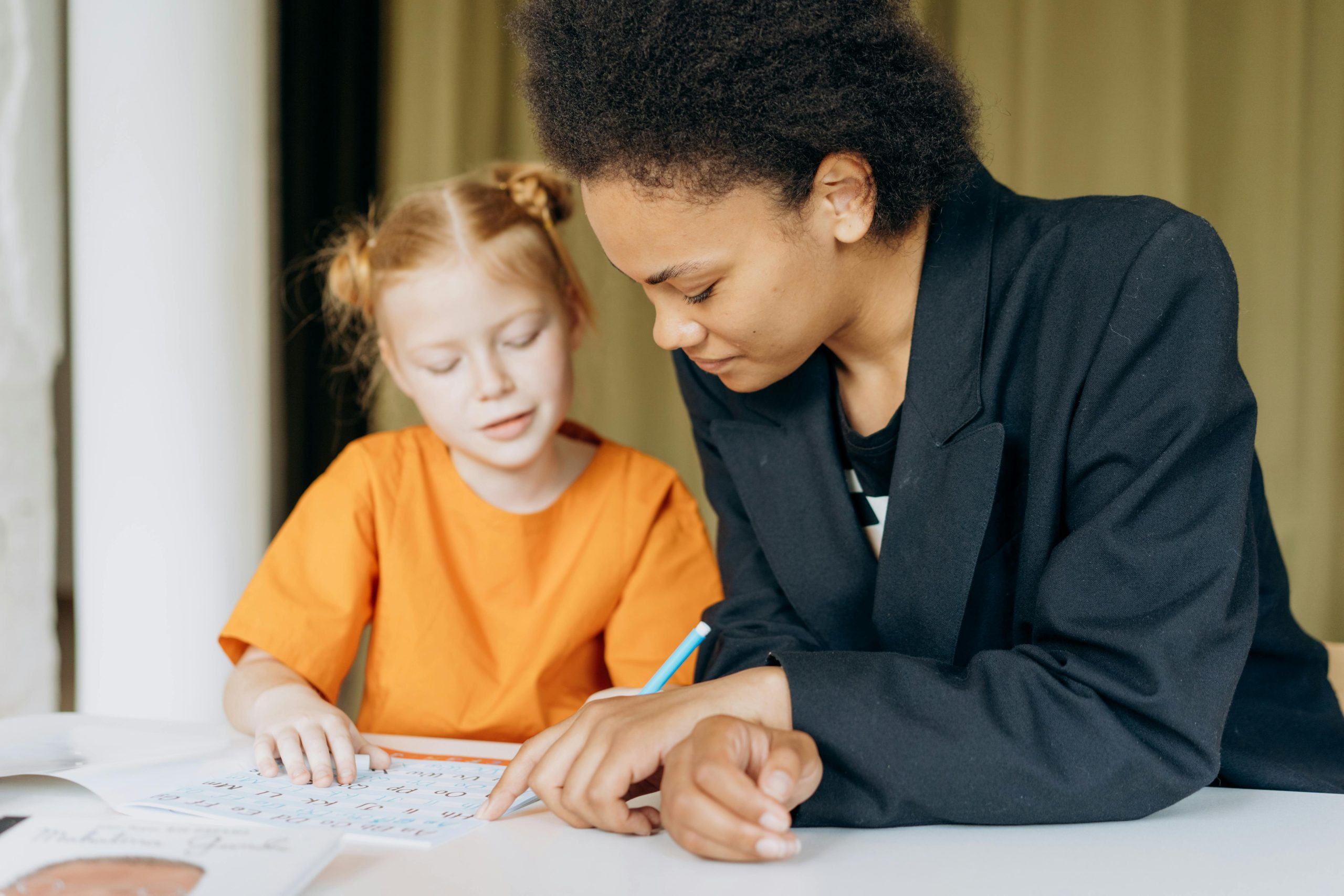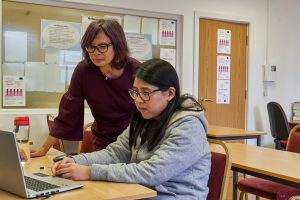Refugee Students: Supporting Newcomers in the Classroom
As refugee crises continue to impact millions of people around the world, many countries are opening their doors to help provide a safe haven for those seeking refuge. This has led to a significant increase in the number of refugee students in classrooms across the globe. Educators are faced with the challenge of supporting these newcomers and ensuring that their academic and emotional needs are met. In this article, we will explore how teachers can create an inclusive and supportive environment for refugee students and help them thrive in the classroom.
Understanding the Needs of Refugee Students
Refugee students face unique challenges that can have a major impact on their learning experience. They are often dealing with trauma, language barriers, and cultural differences, making it difficult for them to adjust to their new surroundings. It is crucial for teachers to understand these challenges and provide appropriate support to help them overcome these obstacles.
Dealing with Trauma
Many refugee students have experienced traumatic events in their home countries, such as violence, war, or persecution. This can have a profound effect on their mental health and emotional well-being. Teachers need to create a safe and supportive space for these students to process their trauma and help them cope with their emotions.
Language Barriers
Language is often the biggest barrier for refugee students in the classroom. They may not be fluent in the language of instruction, which can make it challenging for them to understand lessons, express themselves, and build relationships with their classmates. It is essential for teachers to provide additional language support and use visual aids and hands-on activities to help these students participate in the learning process.
Cultural Differences
Refugee students come from diverse cultural backgrounds, and it is crucial for teachers to be aware of these differences. This includes understanding their religious beliefs, customs, and traditions. By respecting and acknowledging the cultural diversity in the classroom, teachers can create an inclusive environment that promotes understanding and acceptance.
Creating an Inclusive Classroom Environment
Building a sense of belonging in the classroom is important for all students, but it is especially crucial for refugee students. Here are a few strategies teachers can use to create an inclusive classroom environment:
Make connections with students
Take the time to get to know your students on a personal level. Talk to them about their interests, their backgrounds, and their experiences. Showing a genuine interest in their lives will help build trust and rapport with your students.
Encourage peer relationships
It can be daunting for refugee students to navigate social interactions in a new country and culture. Encourage your students to work in groups and participate in group activities. This will help them build friendships and connections with their peers, which will make them feel more included in the class.
Incorporate culturally-responsive teaching
Infusing elements of students’ cultures into lessons can make them feel more connected to the material and promote cultural understanding among students. Teachers can incorporate diverse perspectives, literature, and cultural celebrations into their lessons to create a more inclusive classroom.
Provide additional support
Offering additional support to refugee students can make a significant impact on their academic success. This can include additional language support, counseling services, or tutoring. It is also essential to be patient with these students and provide them with the time they need to catch up with their peers.
Conclusion
As educators, it is our responsibility to create a welcoming and inclusive environment for all students, including refugee students. By understanding their needs, building connections, and incorporating culturally-responsive teaching, we can help these students succeed in the classroom and beyond. Let’s be champions for refugee students and show them that they are valued and welcomed in our schools.










